Mar. 1st, 2021
You don’t really review a Rolls-Royce. It’s not like someone with $332,500 burning a hole in his or her pocket is going to read this or any other review and then decide whether or not to buy the Rolls-Royce Ghost, which has been redesigned for 2021. If you want a Rolls-Royce and you’re exorbitantly wealthy, you don’t need the internet or an automotive journalist to tell you what to buy.
That being said, the purpose of this “review” is merely to provide manufacturer-supplied design and engineering details while articulating my experience of them, with some personal antidotes and takeaways—like telling you that the floor mats are so fluffy it feels like a baby seal is giving you a foot massage. (Don’t worry, Rolls-Royce uses lamb’s wool for its carpets, but they’re so soft you can pretend it’s baby seal fur if you like.)
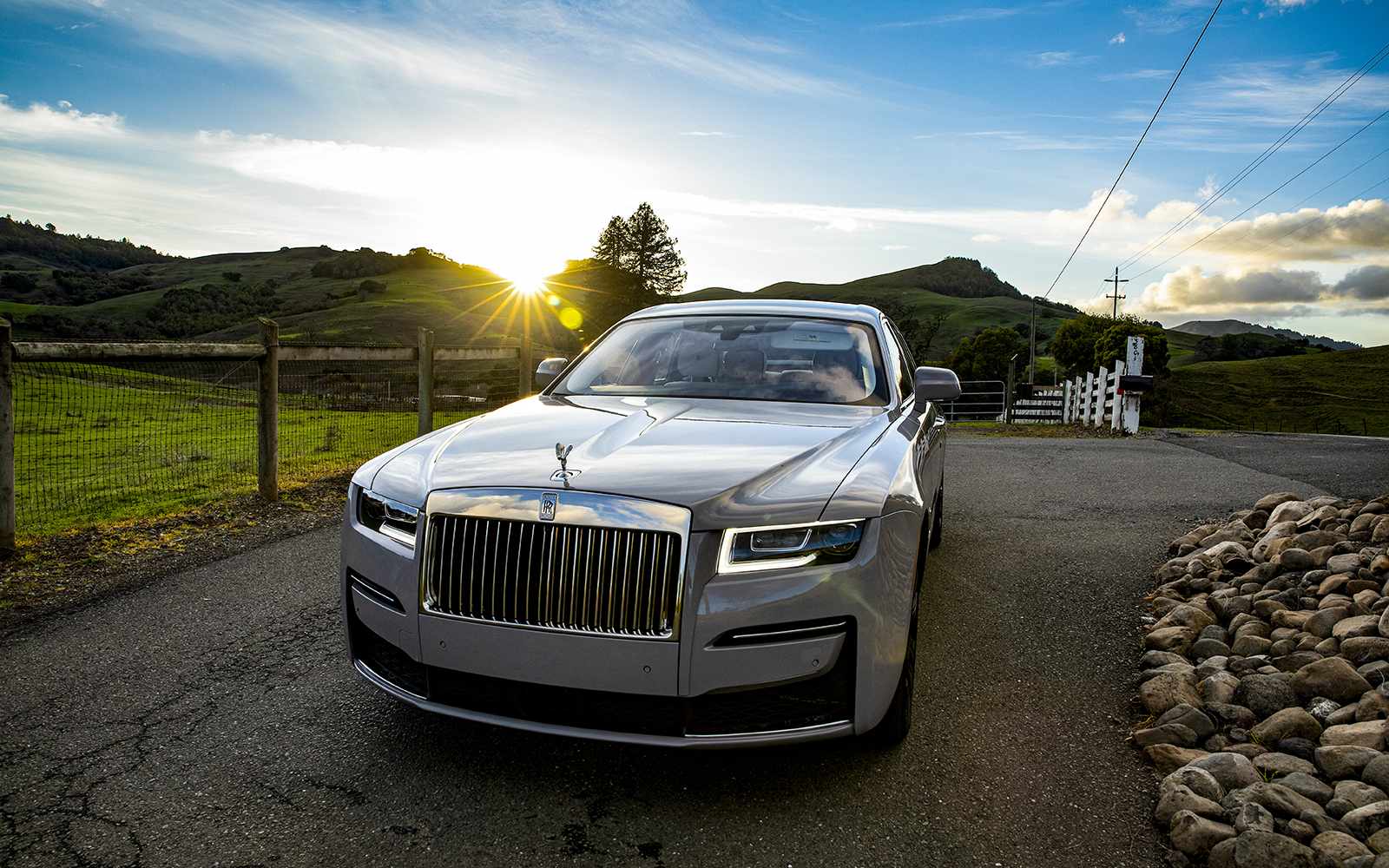
Photo by Bailey Stone Barnard
I’ve driven a few Rolls models over the years—the previous iteration of the Ghost (refreshed in 2014, but first launched in 2009), the Dawn, and the Cullinan—and they’re all perfect as far as I can tell. When you’re buying cars at this level, you’re buying the best that money can buy and, if you’re in the market for the highest-end sedan ever built, you’re in the market for the new Ghost.
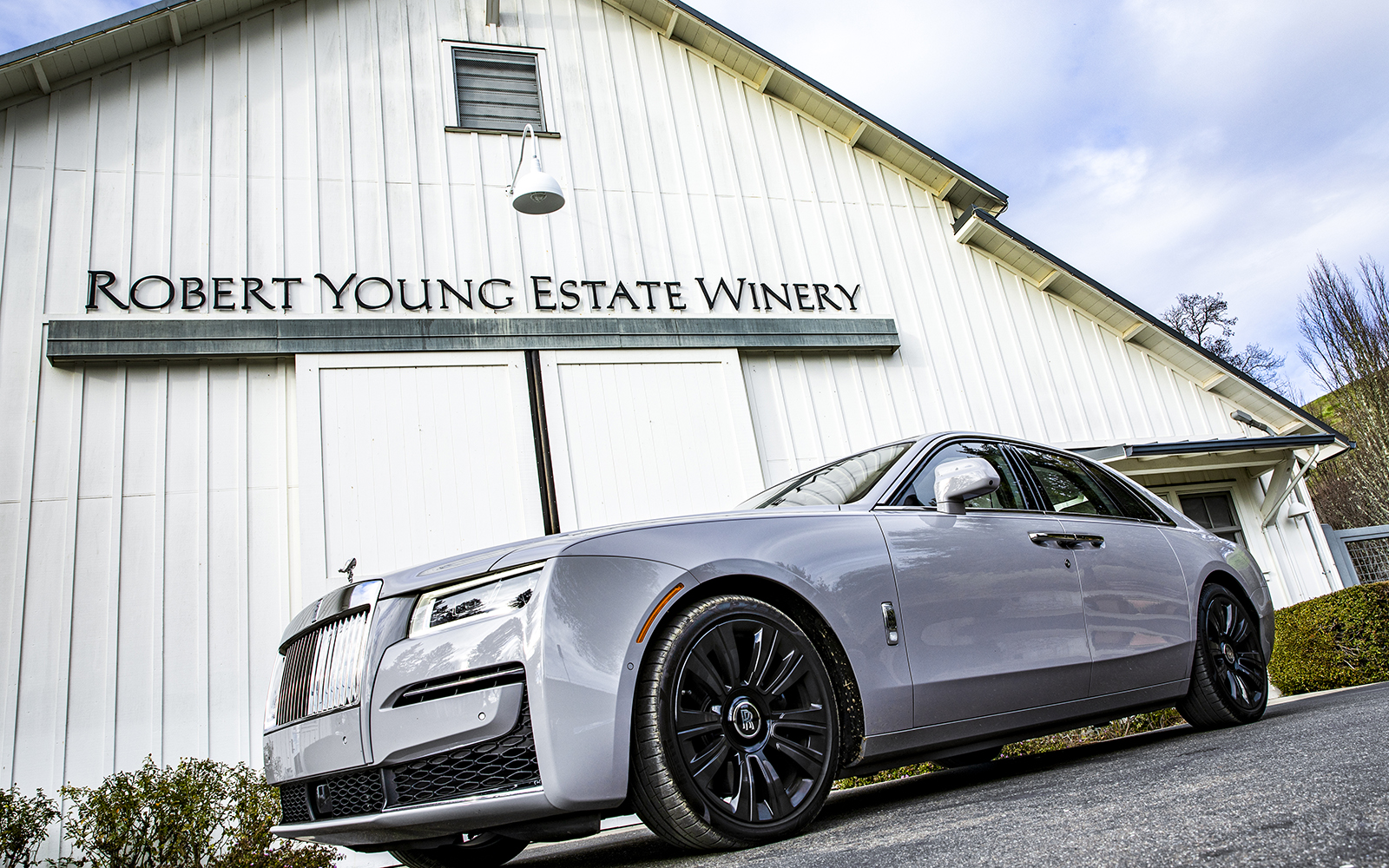
Photo by Bailey Stone Barnard. Special thanks to Robert Young Estate Winery for letting us take photos at its property.
Like every Rolls model, the new Ghost has head-turning road and runway presence. Driving it around Sonoma County wine country north of San Francisco, I found it hard to ignore the looks of awe and envy I received from pedestrians and fellow motorists. Starting with the design, the changes for the new Ghost may seem subtle, but they’re actually somewhat dramatic coming from a brand known to evolve its designs over decades rather than every model year. Many reviews compare the Ghost to the BMW 7 Series sedan (both brands are part of the BMW Group), as the previous Ghost shared some architecture with the 7 Series, but rest assured that the new Ghost is a ground-up redesign, having more in common with its Phantom and Cullinan brethren than any BMW model.
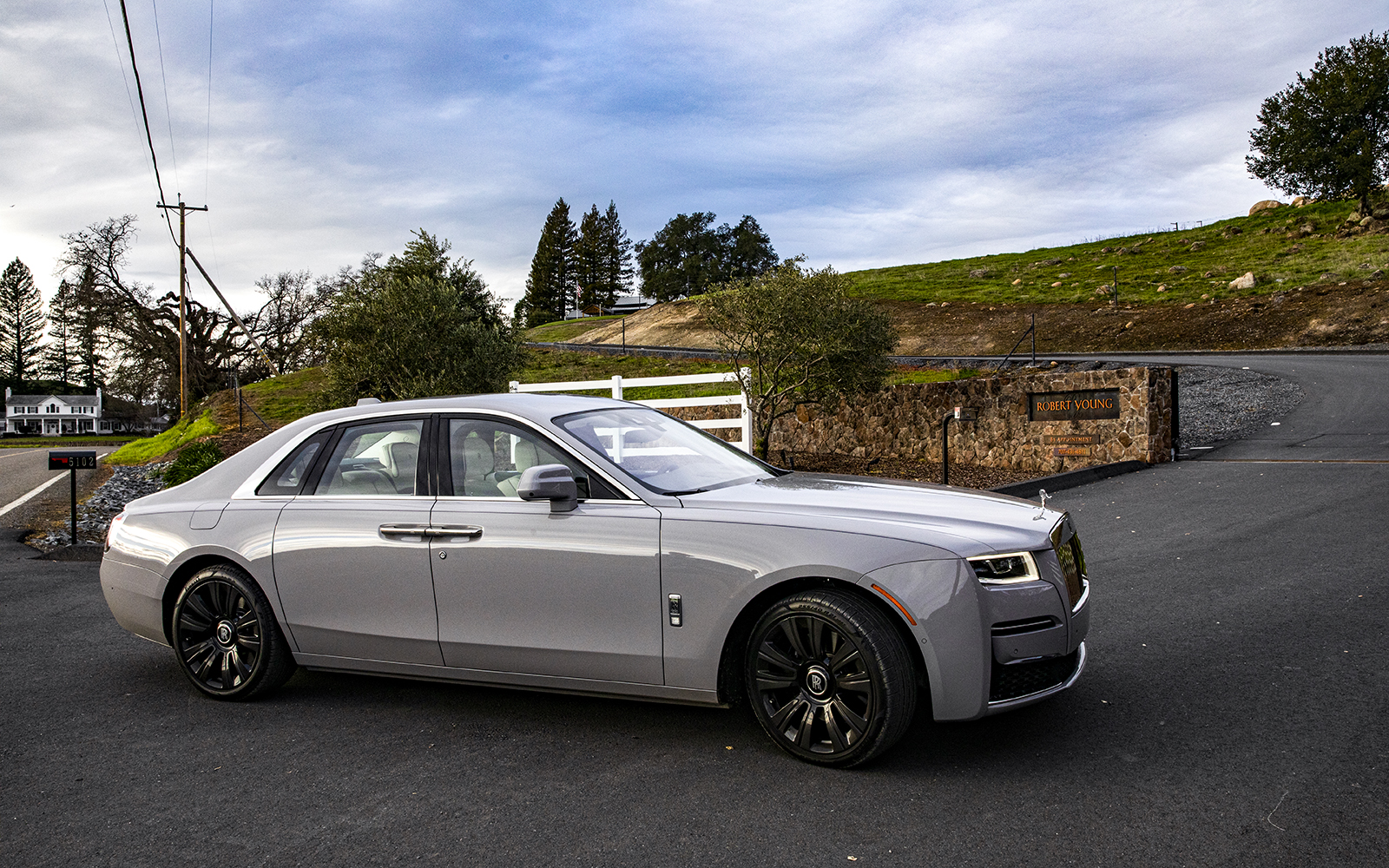
Photo by Bailey Stone Barnard
To my eyes, the most obvious differences between the new Ghost and previous iterations are the less-pronounced lines on the hood of the new model, for which Rolls’ designers followed what the company calls a “Post-Opulence” design language, meaning that everything is subtler and more understated, with smoother lines and less interruptions across surfaces. This is also noticeable on the back half of the car; the sharper ridge lines surrounding the sizable trunk panel are softer. The car’s aluminum body structures are hand-welded into large pieces so there are fewer panel breaks compared to the previous version. Rolls also incorporated the grille more seamlessly, with softer lines transitioning into the hood and fascia so it’s not quite so pronounced, and brushed the back of the grille bars so they’re not so reflective, while adding 20 LEDs under the grille to accentuate the lines. You really notice this at night or when it’s overcast, which is was during my review. These changes result in an overall softer silhouette, which I found especially noticeable with the soft gray paint job of the review car, whose hard lines and panel breaks only pop out of the paint in certain light. All of that said, the car still draws plenty of attention, maybe just not as much attention as the previous design—and that’s a good thing in a post-opulence world, right?
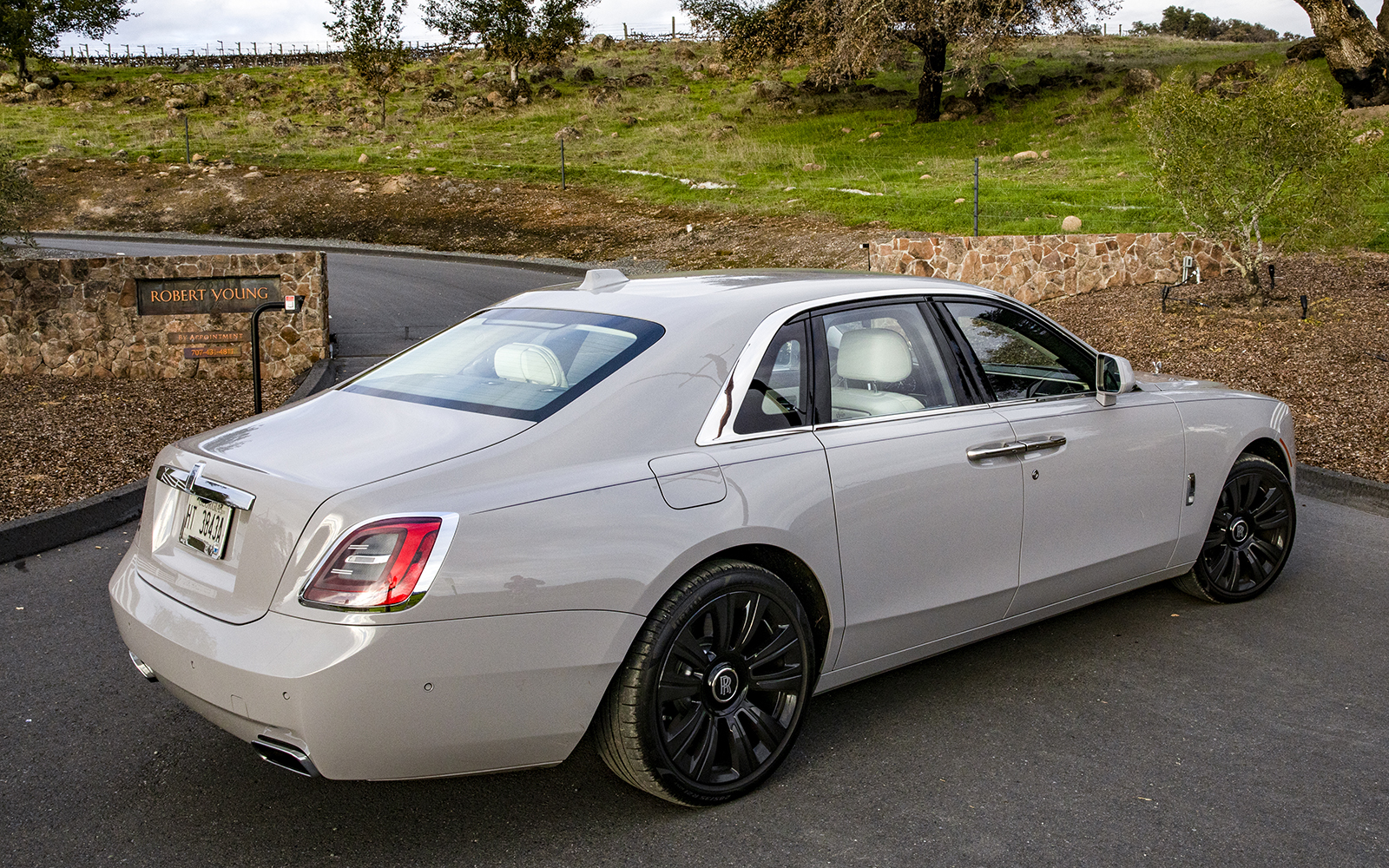
Photo by Bailey Stone Barnard
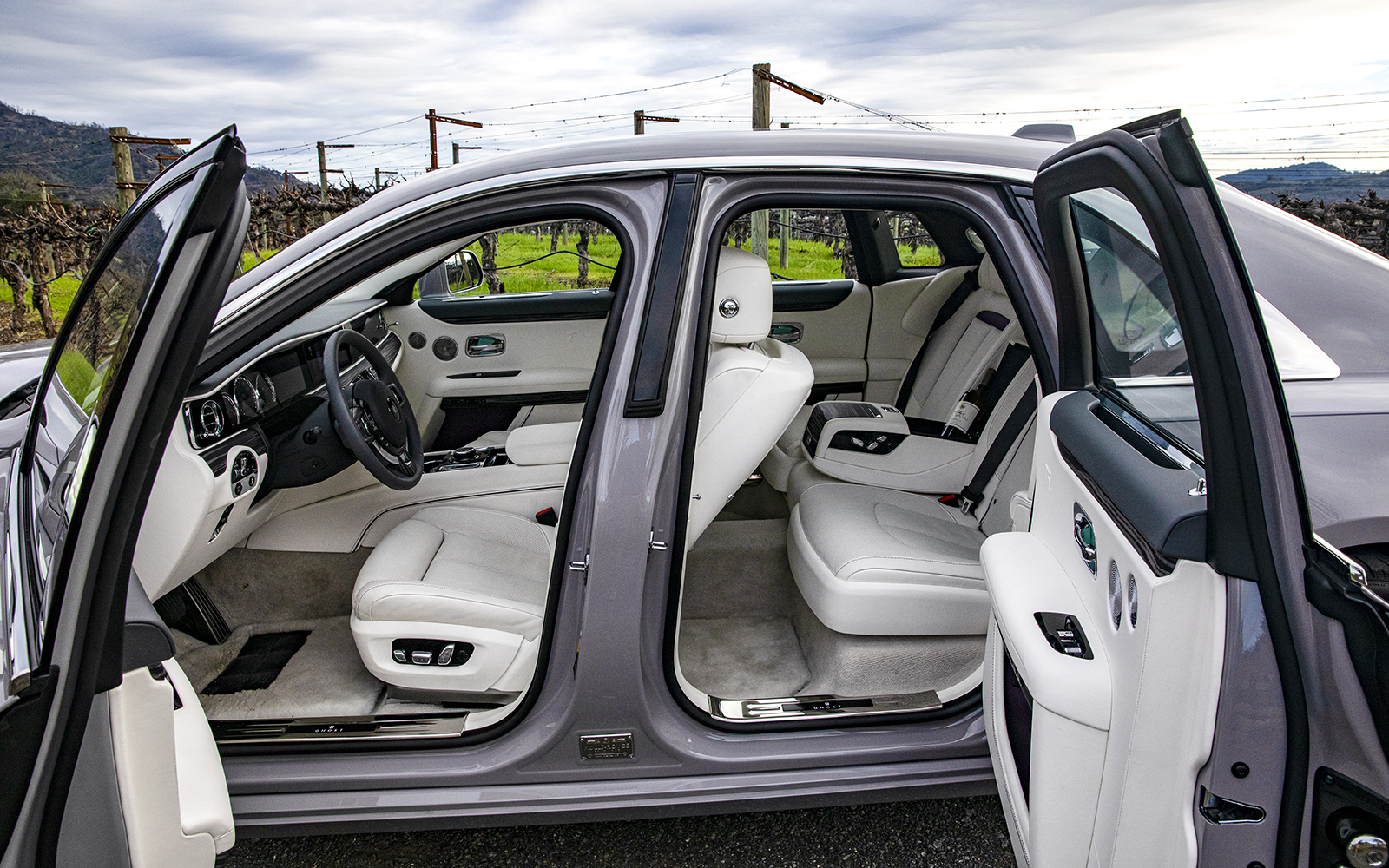
Photo by Bailey Stone Barnard
This comparatively minimalistic design approach continues inside the new Ghost, which seems swathed almost entirely in white leather (as was the case for the review car, but of course it’s available with myriad color options). Rolls uses 338 panels of leather from half hides of 20 cows, all of whom were clearly treated like royalty. The stitching on these seats doesn’t look quite so obvious compared to other Rolls interiors I’ve seen, making the interior feel cleaner and less ornate. The same is true of the somewhat raw but clean-looking wood paneling, which has what Rolls calls an “open-pore finish.” The wood finish in the press car is called Obsidian Ayous, apparently inspired by lava rock—a nice contrast to the bright-white leather.
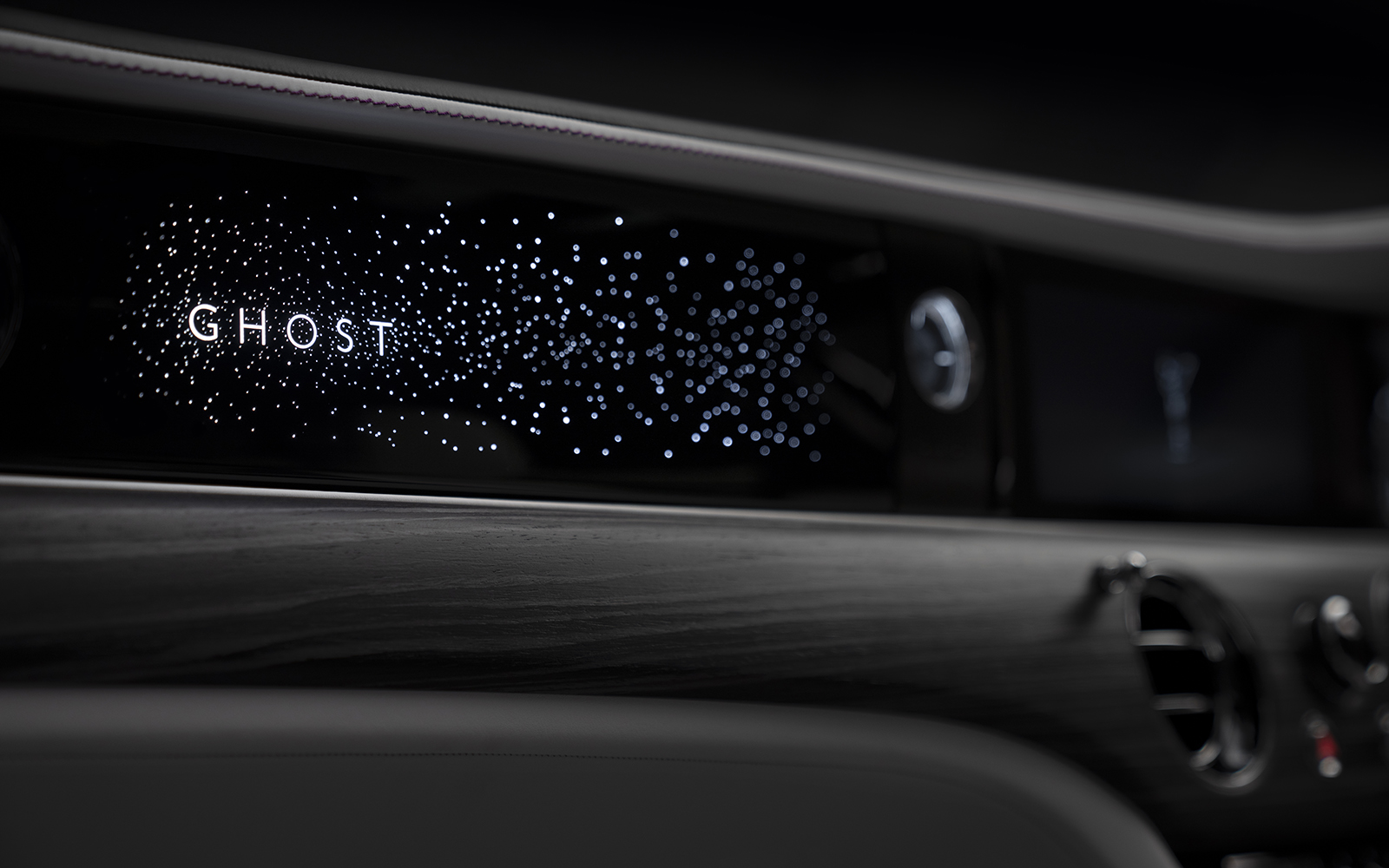
Photo supplied by Rolls-Royce
Rolls makes a pretty big deal out of the Ghost nameplate in the dash (in front of the passenger seat), which shows a glowing Ghost logo surrounded by 850 twinkling stars lit by 152 LEDs. When the car is off, the nameplate magically disappears into a dark lacquered panel, and when it’s on, the effect is much more understated than it sounds. Surprisingly, the same can be said of the starry sky embedded into the ceiling. The so-called Starlight Headliner is not a new Rolls invention—it was introduced in 2007—but I’m baffled every time I see it. I had not previously noticed the shooting stars that occasionally soar in delicate streaks across the leather sky, which is perforated with some 1,500 tiny holes and lit by fiber-optic lighting cables that create a twinkling effect.
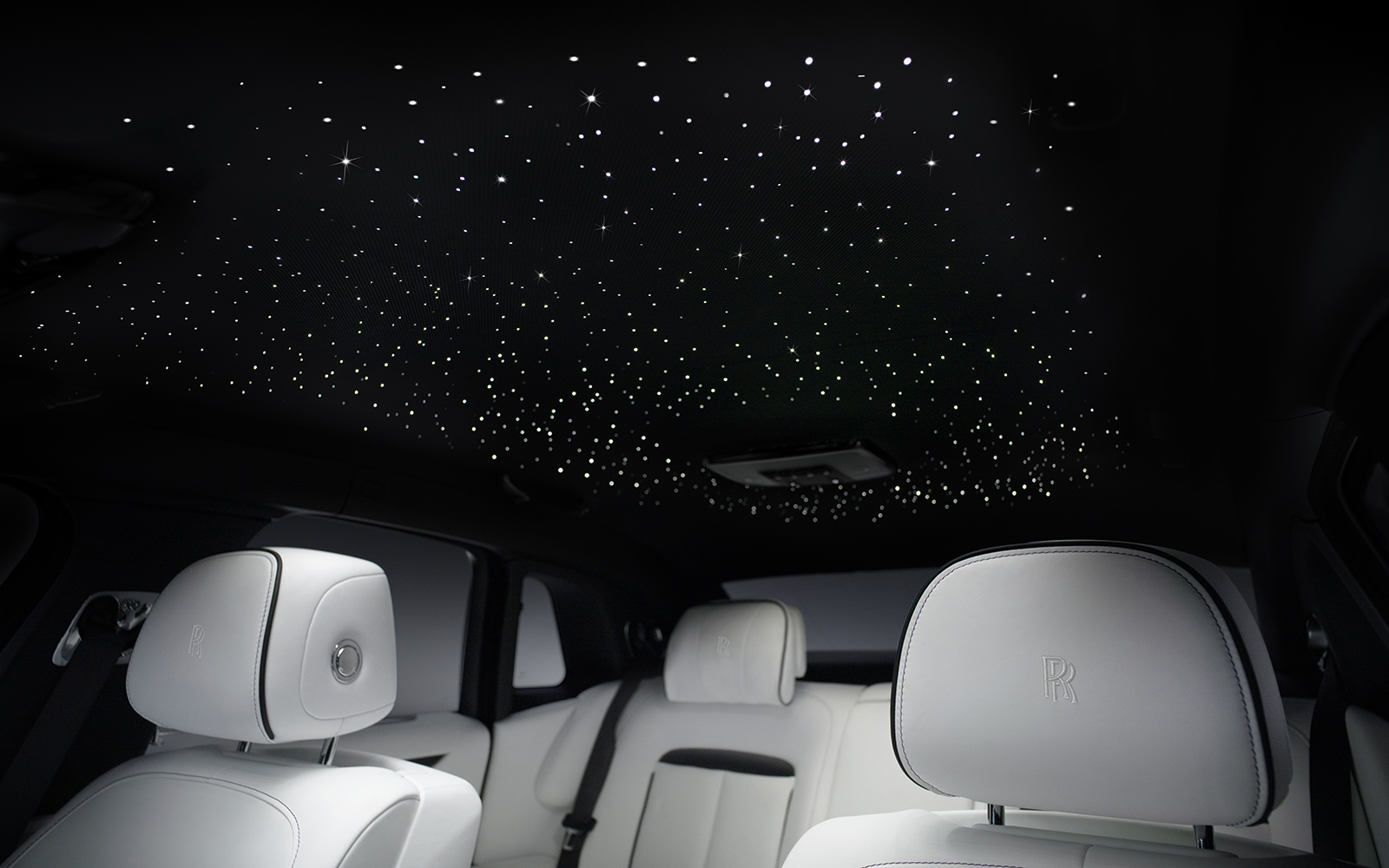
Photo supplied by Rolls-Royce
Now, about those carpets: Again, not new for Rolls—but my passenger (i.e. my wife) would not stop talking about them and took her shoes off every time she got in the car. She wanted me to make sure readers knew how soft and fluffy the carpets are: They’re very soft and very fluffy.
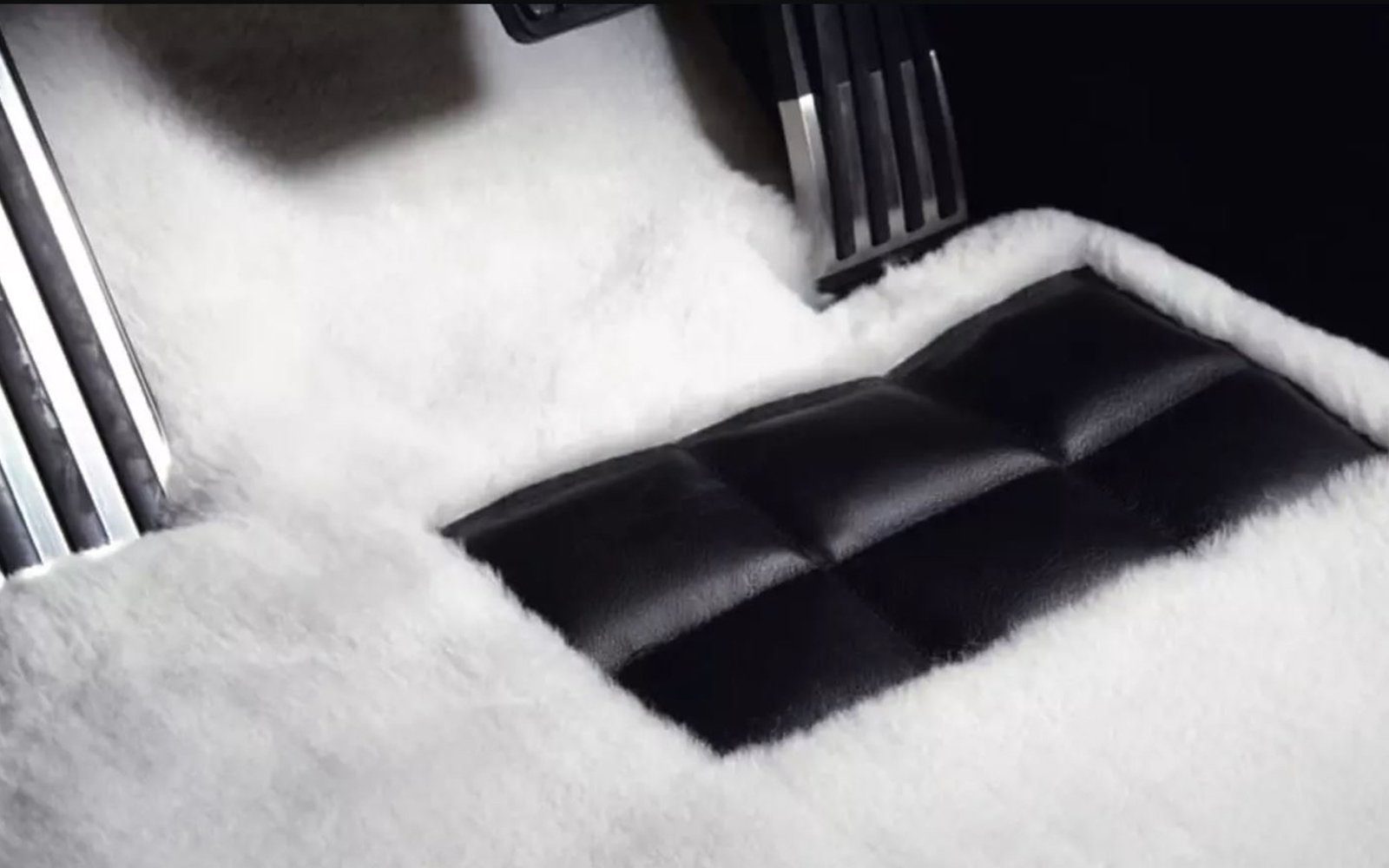
So, design and fluffy carpets out of the way, let’s talk about what it’s like to drive the new Ghost. In a word: It’s awesome. Every time I drive a Rolls, I’m awed at how effortlessly they move. The new Ghost weighs in at nearly 7,000 lbs (gross weight)—about the same as a Ford F250 pickup truck—but moves lithely on the road, riding on rails around every curve, regardless of speed, and it accelerates like a magnetic force is pulling you down straightaways with smooth but powerful strength. A great deal of engineering went into creating this drive experience.
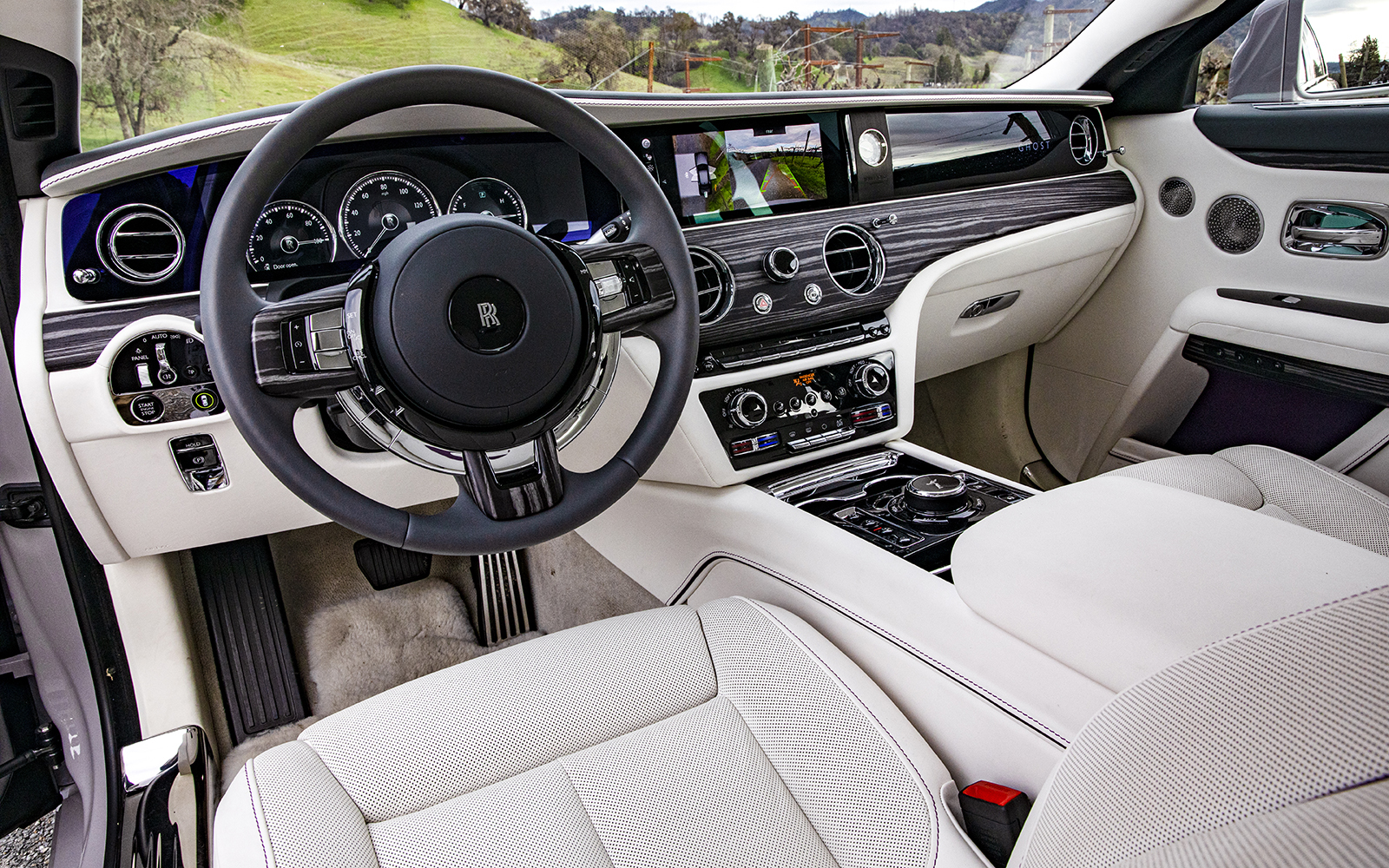
Photo by Bailey Stone Barnard
First, the engine is a 6.75-liter twin-turbo V12 that produces 563 hp and 627 lb-ft of torque, accelerating the big, beautiful aluminum boat to 60 mph in 4.6 seconds, which is very fast for a car this big. But the power feels incredibly smooth and under control, thanks in large part to all-wheel drive, all-wheel steering, and Rolls’ proprietary and very smart Planar Suspension System. Redesigned for the new Ghost over the course of five years, this system incorporates an Upper Wishbone Damper above the front suspension (apparently a first for a production car) with electronically controlled shock absorbers and self-leveling air struts; cameras that scan the road and surface ahead and proactively adjust the suspension; and a GPS-aided transmission that anticipates curves and selects the optimum gear. The result is impeccable handling at any speed and a ride so smooth you forget about the road altogether.
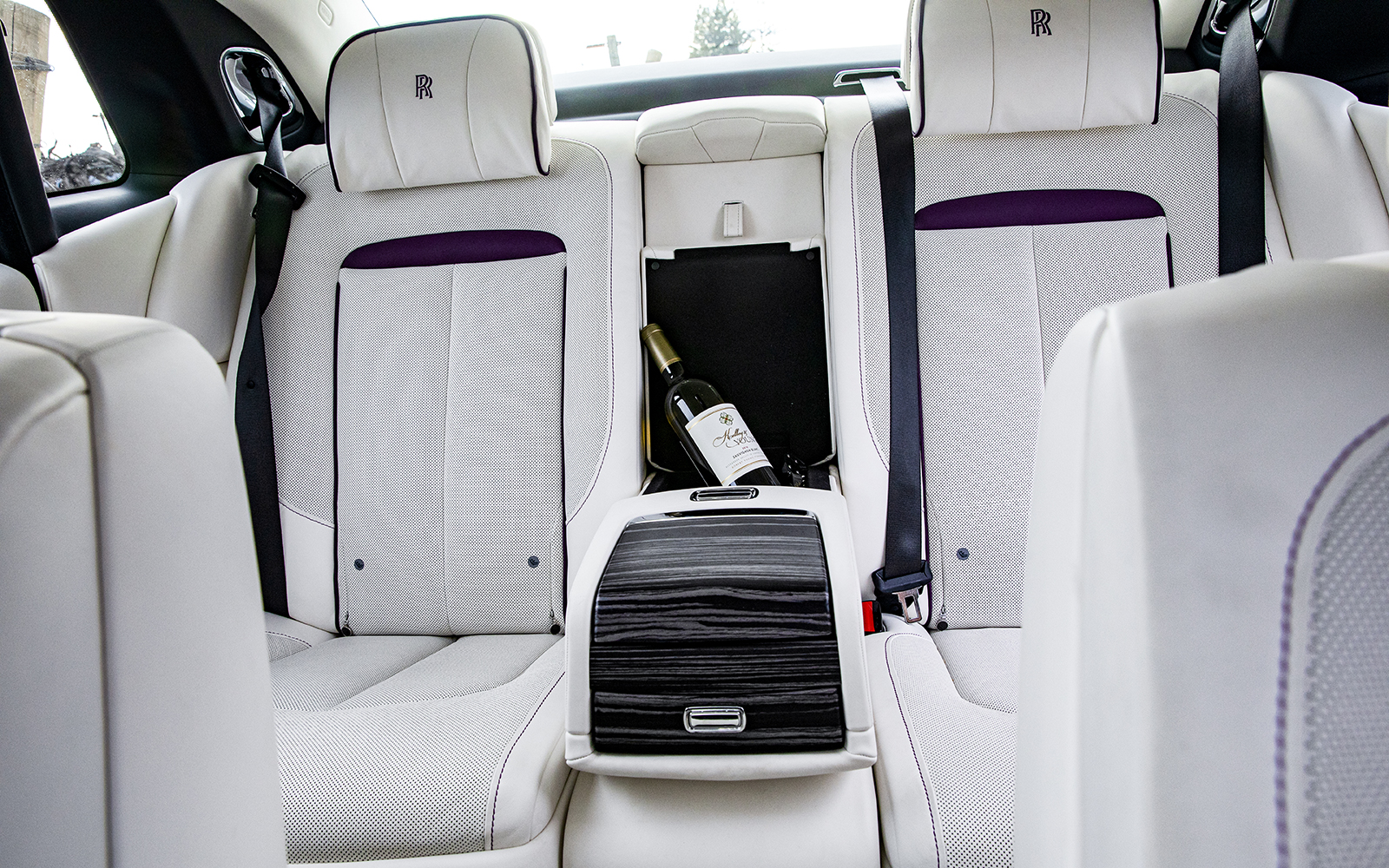
Photo by Bailey Stone Barnard
Furthering this sensation is the ridiculous level of engineering that went into creating a very quiet cabin. Rolls’ acoustic engineers implemented two-layer composite dampening into the bulkhead and floors, as well as 220 pounds of dampening material in the doors, roof, windows, and even the tires to help ensure a quiet cabin. They also made adjustments like polishing the air-conditioner ducting to reduce wind noise and widened the diameter of the prop shaft to increase its rigidity and reduce its acoustic resonance. They also experimented with a dead-silent interior, but found it eerily quiet (like being in an anechoic chamber), so Rolls’ acoustic specialists tuned every component to resonate at the same frequency, producing an imperceptible but calming undertone in the cabin.
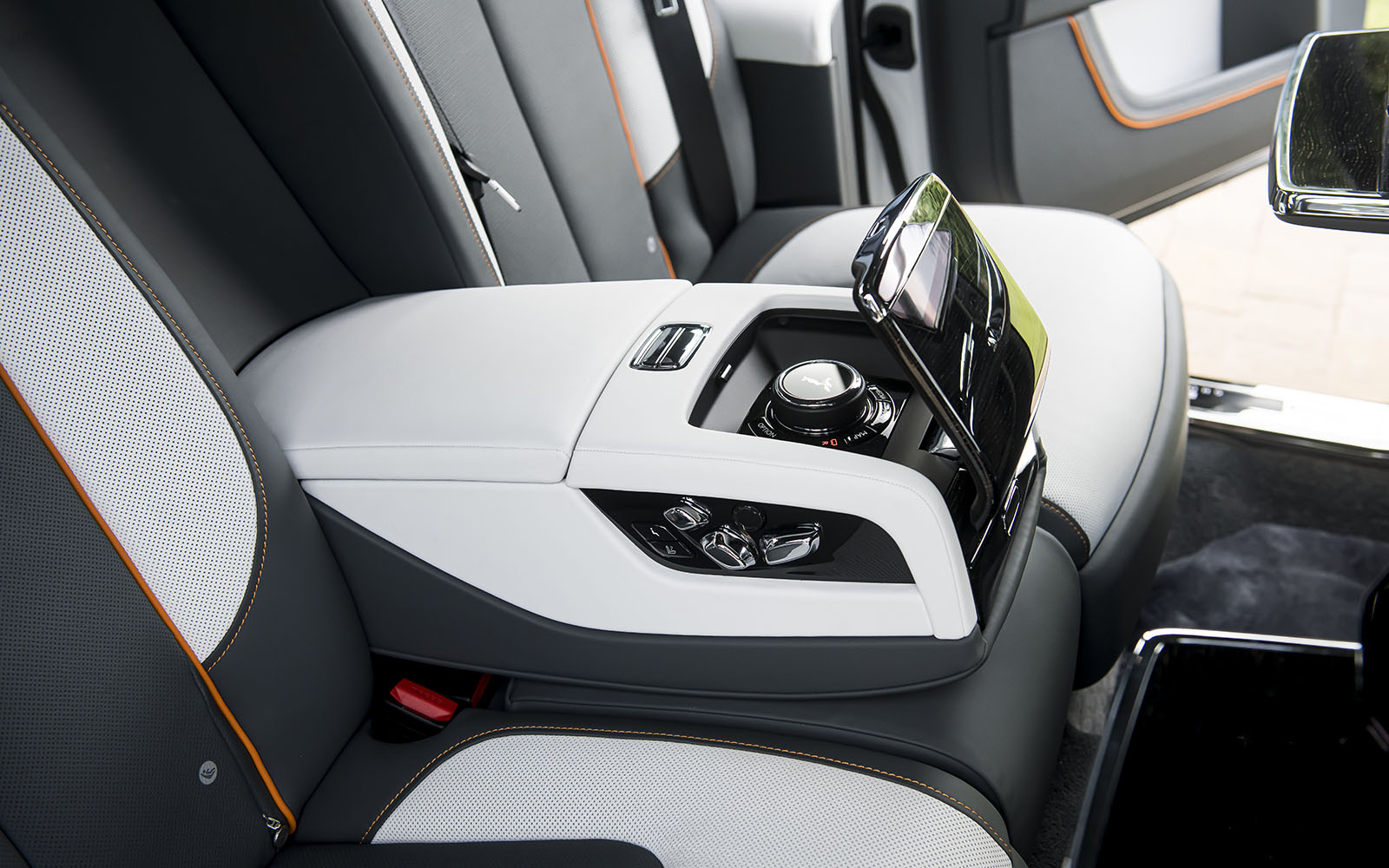
Photo supplied by Rolls-Royce
This creates a neutral soundstage for Roll’s proprietary Bespoke Audio, which I’ve always felt is one of the best (if not the best) automotive stereo system. I fancy myself a bit of an audiophile—I have not one but two analog stereo systems at home—and the audio quality in Rolls’ cars always blows me away. Whether you’re listening to a string quartet, banjo folk, heavy metal, or gangster rap, the 18-channel, 1,300-watt system delivers clean high frequencies and tight but booming low frequencies.
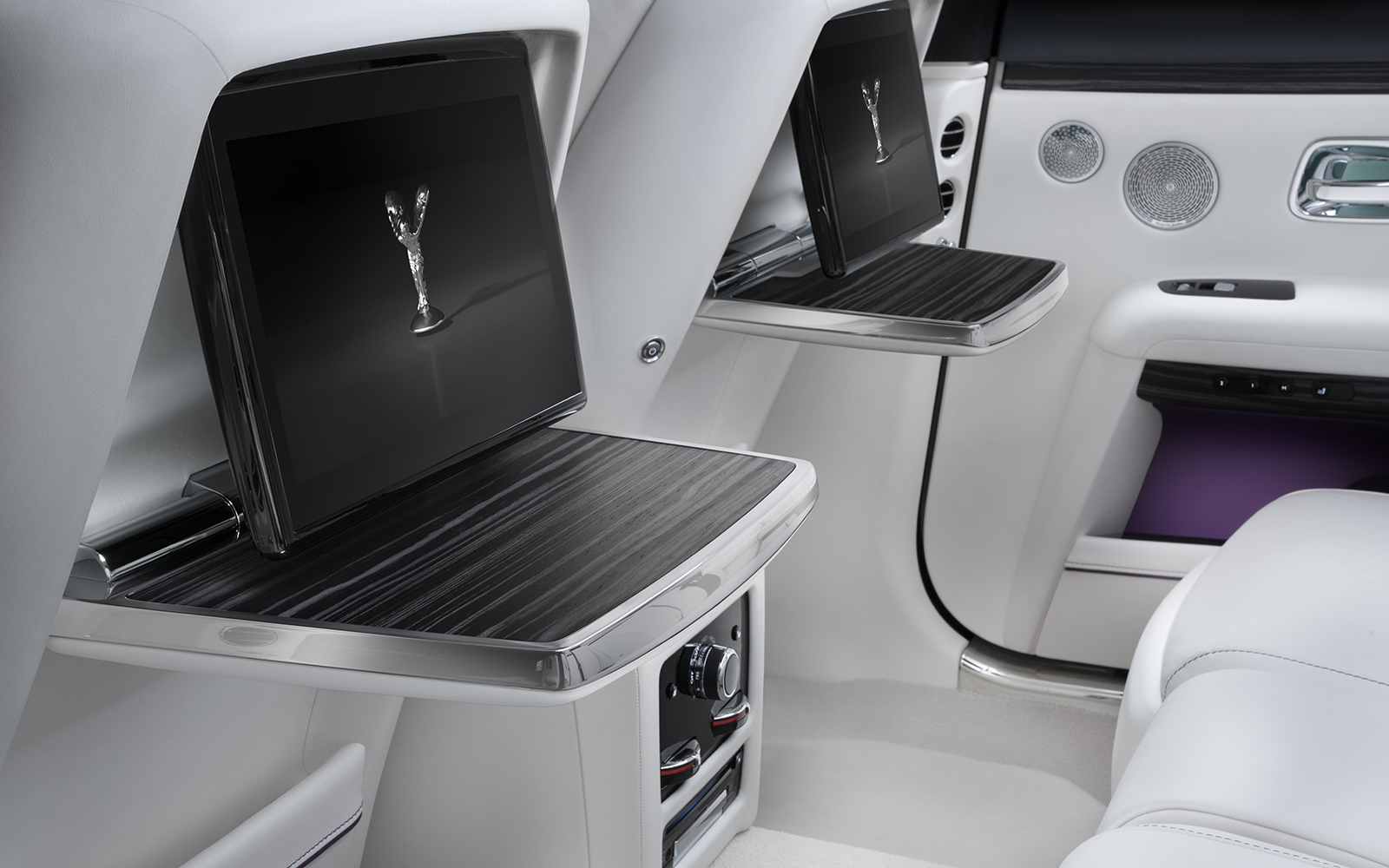
Photo supplied by Rolls-Royce
This pristine soundtrack helps achieve your desired curb-side presence when you step into the car and pull a small switch in the center console to close the door hands-free. Or, if you’re being chauffeured (this is a Rolls-Royce after all) and your driver forgets to close your door for you, you can push a button on the wall inside the door frame to close it. From there, you can engage the rear-seat massager, drop down the touch-screen infotainment system built into the backs of the front seats, pop open a bottle of wine chilling in the rear-seat cooler (where open-container laws allow), and conduct business or watch movies to your heart’s content—while rubbing your shoeless feet in the very soft and very fluffy carpet.
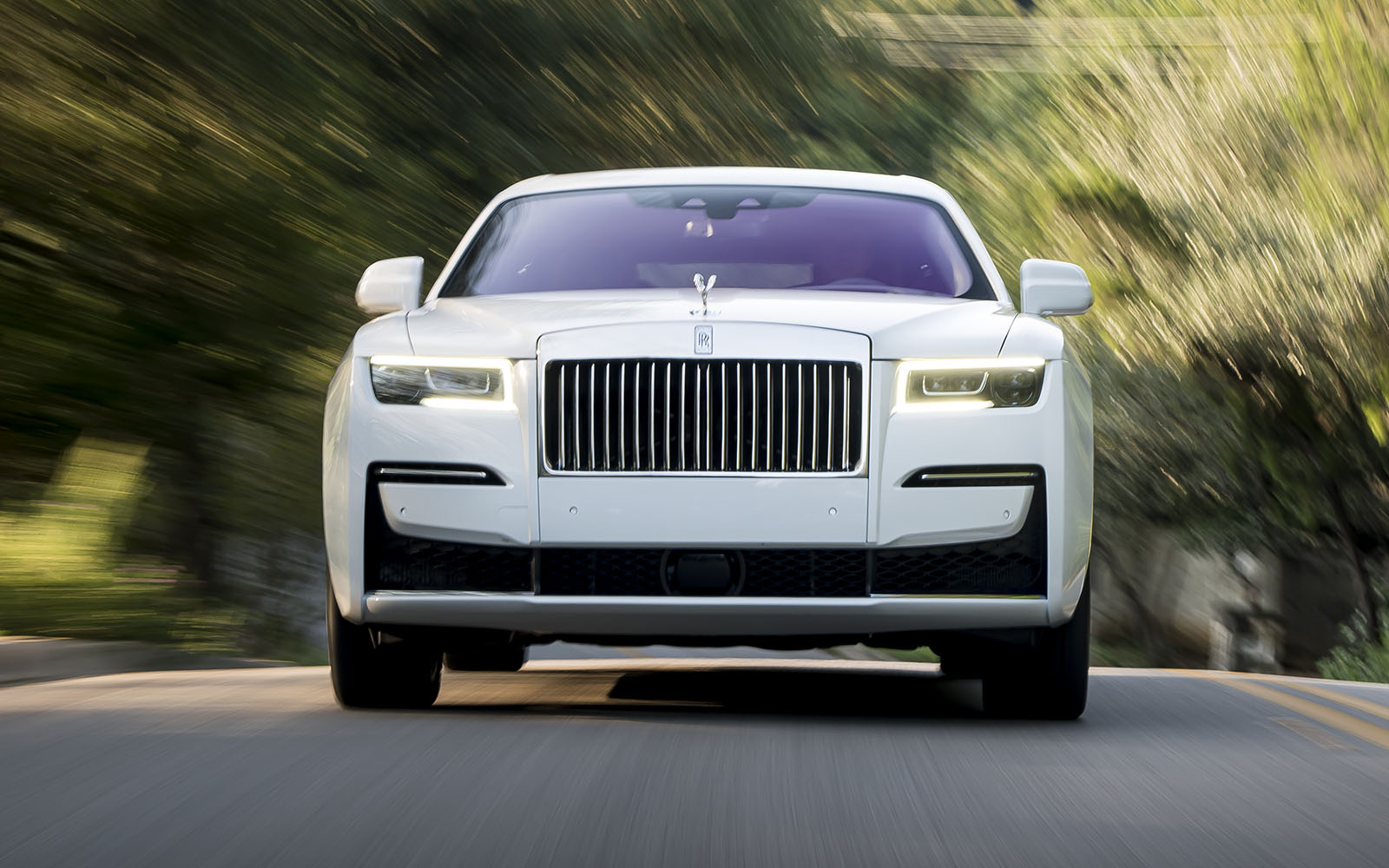
Photo supplied by Rolls-Royce

